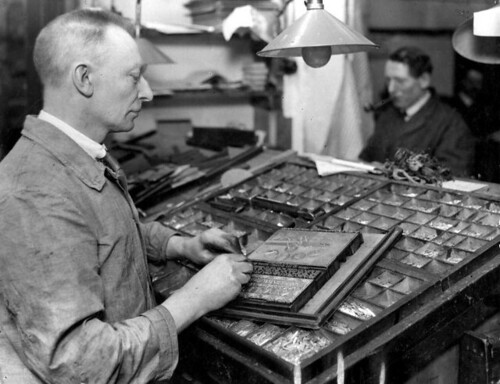In the December, 2009 edition of National Geographic, I came across an article by A.R. Williams detailing how the oldest known New Testament is now available online at http://codexsinaiticus.org/en/ . According to Williams, the virtual version lets you see additions that were made and corrections that were overwritten. I tried it out and it is truly realistic. It took scholars, including the British Library, over four years to digitize! Amazing. The tools at http://codexsinaiticus.org/en/manuscript.aspx really give you the feeling that you are flipping through the ancient codex.
Tag: Artifact
Archimedes palimpsest
Archimedes palimpsest was thought to be lost, but it was actually recovered 1000 years later! A palimpsest is defined as “a manuscript written on parchment that has another text written over it, leaving two (or more) layers of visible writing.” (NOVA, 2003).
Archimedes was considered the greatest mathematician in Greek history. His priceless (actually valued at approximately 2 million dollars at auction) palimpsest was traced by NOVA (2003) and makes for an interesting story related to ancient text and the development of writing technologies. Here is an excerpt:
“circa 1000
A scribe working in Constantinople handwrites a copy of the Archimedes treatises, including their accompanying diagrams and calculations, onto parchment, which is assembled into a book.
circa 1200
A Christian monk handwrites prayers in Greek over the Archimedes text, turning the old mathematical text into a new prayer book. The book is now a palimpsest, a manuscript with a layer of text written over an earlier scraped- or washed-off text”. (NOVA, 2003)
I remembered that Richard Clement (1997) wrote about the practice of scraping off still-wet ink in Medieval and Renaissance Book Production: Manuscript Books. It is interesting to see an actual example of a 1000 year old text that survived this process! The link has some great images and additional links you may be interested in.
By the way, I found this site by using the Librarian’s Internet Index. I hope it helps some classmates with their research. I also tried to hyperlink in this post, but my links led to a 404 Error message. Ah well, the old fashioned digital literacy method of “cut and paste into your browser ” will work for the links. I posted them below. Erin
References
Clement, R. (1997). Medieval and renaissance book production: Manuscript books. Available online 16, October, 2009, from http://www.the-orb.net/encyclop/culture/books/medbook1.html
Librarian’s internet index. (2009). Available online 16, October, 2009, from http://www.lii.org/
NOVA. (2003). Infinite secrets: The Archimede’s palimpsest. Available online 15, October, 2009 from http://www.pbs.org/wgbh/nova/archimedes/palimpsest.html
Typesetting the old fashion way!

Typesetting the old fashion way!, originally uploaded by etec540’s photos.
This is a blog posting from Jeff, one of your instructors. You’ve likely read some bio information about me in the course introduction already. I wanted to also post a blog entry here to get us all started with our class introductions.
This early 19th century photograph of typesetters nicely depicts the close relationship between literacy and technology. The two men sitting before rows of dirty lead type, have their hands covered in the industrial processes by which books or newspapers of the time were published. I now have in my kitchen a similar wood tray that was once used by typesetters such as these. It is an antique, an artifact from a different time when type had to be set by hand. It holds old corks and knick-knacks (and a lot of dust) and is a nice reminder of how dramatically can change the means by which we produce, reproduce and consume texts.
An historical perspective is essential in fast changing times such as these, particularly when we are perpetually told that all of our media are new, that books are going the way of the dodo, and that all of children are now digital natives of a country that we can only hope to visit with a visa and an accent. This course will challenge us to think about historical periods in which different technologies have impacted the ways by which people communicated with one another through different media. Hopefully some of the artifacts we encounter, as well as the social and cultural responses to these media, will help us to better analyze the changes currently underway in a world swept with digital media, convergence technologies and networked communications.
I look forward to exploring these issues with all of you in the course!
Jeff
